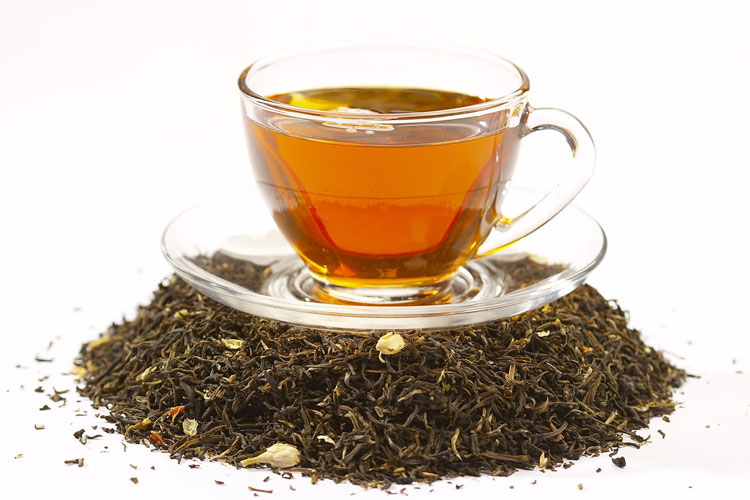Workers in the tea industry are exposed to tea dust, which has allergenic and irrigative effects on airways.
Many industrial processes produce airborne contaminants and their most common route of
absorption is by inhalation. As world industry and the speed of production grow, the volume and variety of contaminants increase, so that potential risks, not always obvious or immediate, also increase. Many occupational diseases and related problems arise from contact with airborne contaminants. As the effects can be irreversible, preventive action is essential.
Exposure to vegetable dusts is widely encountered in many industries, agricultural work and the general environment. The processing of various agricultural products such as cotton, flax, hemp, grains, tobacco, paprika and tea is often associated with exposure to vegetable dusts.
Vegetable dust may be defined as an aerosol derived from plant material, regardless of the nature of the particles or the circumstances of their emission into the air. When inhaled, vegetable dusts may exert a variety of harmful effects on the airways and lungs.
Illnesses from inhalation of tea dust can range from mild irritation in the lungs to permanent lung damage or, in some situations, death.
Tea Dust is Combustible and is an Explosion Hazard:
When most people think of controlling dust in the workplace, they think of taking steps to avoid inhaling dusts to prevent health problems. However, the accumulation of combustible dusts in the workplace can lead to far greater consequences. As seen in recent years, neglect of housekeeping and improper handling of combustible dusts can lead to property damage, injuries and loss of life.
Various production and handling facilities are facilities that may receive, handle, store, process and ship bulk raw agricultural commodities such as tea. These handling facilities include elevators, production equipment, dust pelletizing plants, and facilities with dry grinding operations.
The agriculture handling industry is a high hazard industry where workers can be exposed to numerous serious and life threatening hazards. These hazards include: fires and explosions from dust accumulation.
In general, combustible particulates having an effective diameter of 420 μm or smaller, as determined by passing through a U.S. No. 40 Standard Sieve, are generally considered to be combustible dusts. However, agglomerates of combustible materials that have lengths that are large compared to their diameter (and will not usually pass through a 420 μm sieve) can still pose a deflagration hazard. Therefore, any particle that has a surface area to volume ratio greater than that of a 420 μm diameter sphere should also be considered a combustible dust.
The vast majority of natural and synthetic organic materials, as well as some metals, can form combustible dust. The NFPA’s Industrial Fire Hazards Handbook states, “any industrial process that reduces a combustible material and some normally non-combustible materials to a finely divided state presents a potential for a serious fire or explosion.”
Suggested Industrial Vacuums for Recovery of Toxic & Combustible Dust
PrestiVac HEPAPlus* Vacuums are specifically designed to safely vacuum toxic dusts. Equipped with a Certified Absolute HEPAPlus*filter with an efficiency of 99.995% on 0.2 micron so there is no risk of exposure or contamination for the operator or the environment. These vacuums are tested for absolute filtration. Testing Method: IEST RP-CC034.3. H14. MIL-STD 282 / A.S.T.M. - D2986-91. MPPS method EN 1822.
PrestiVac Explosion Proof/Dust Ignition Protected Vacuums are designed to safely vacuum explosive, flammable, combustible conductive* dusts. Our Explosion Proof/Dust Ignition Protected Vacuums are completely grounded and static dissipating because they are built entirely with non-sparking metals and do not have any painted components so there is no risk of fire or explosion from a spark or static build up. All the electrical components, including the motor and starter are totally enclosed so there is no source of ignition. Our explosion proof vacuum cleaners comply with NFPA 484 guidelines and are an effective tool for good housekeeping practise as per OSHA.
Which Industries are at Risk with Tea Dust?













